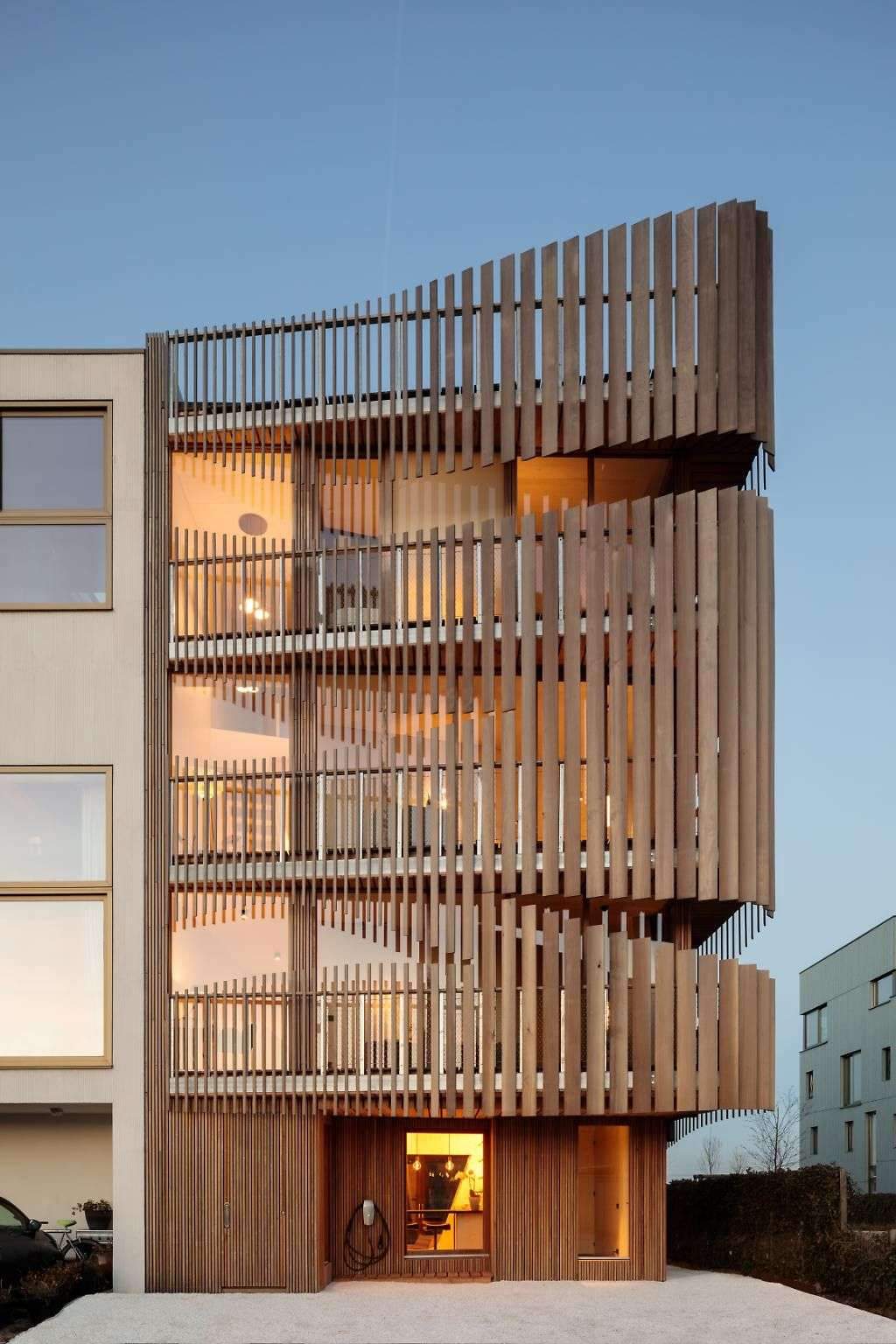Risk factors in construction projects
Risk factors in construction projects,
There are many risk factors in construction projects,
which in turn have different impacts on the time target.
This can lead to time overrun, so it is best to implement new technology to reduce the impact of risk factors on time using lean construction principles.
Lean construction can be implemented so that the impact assessment of using the new tool is described in terms of two metrics:
percentage of expected time past (PET) and percentage of plan completion (PPC).
The most significant risk factors are identified and evaluated,
while PET is measured at the start of the project and during project implementation using a model to estimate time overrun.

Risk factors in construction projects
Project time can decrease as a result of lower PET values,
and purchasing power values can improve.
This is due to the reduction and mitigation of the impact of most of the risk factors in the project,
due to the implementation of lean construction techniques.
The results demonstrated that the quantitative model is suitable for evaluating the impact of using lean construction techniques.
In addition, the results of some research have shown that the average PET value,
due to factors influenced by lean techniques, accounts for 67% of the PET values due to all mini-risk factors.
Some countries face many problems in the construction industry,
such as the lack of detailed and documented previous data related to risks, and the lack of modern technologies,
to reduce the impact of risk factors on the objectives of construction projects.
Lean Building is a new philosophy oriented towards building production management;
it identifies production flows in motion in order to develop control systems,
with the goal of minimizing losses throughout the process.
It has been taken from Lean Production that can be traced back to the Toyota Production System (TPS),
with its focus on waste minimization and disposal.
The types of waste that can be dealt with in TPS are categorized as production waste,
time, transportation, processing itself, inventory on hand, movement,
and manufacture of defective products.
https://injarch.com/types-of-engineering-contracts-the-5-main-types-of-construction-contracts/

Lean construction
Lean construction is also defined as a production management strategy to achieve significant continuous improvement in the contractor’s overall business process performance.
This is done by eliminating all the factors of wasting time and other resources,
which do not add value to the product or service provided to the customer
Lean construction consists of a series of flow diversion activities;
it visualizes the project as a flow of activities that must generate value for the customer.
Lean construction also includes just-in-time practice, the use of push-pull scheduling,
reducing variance in work productivity, improving flow reliability, eliminating waste, simplifying the process, and implementing standards.
You may like: Environmental change sways structures and developments




